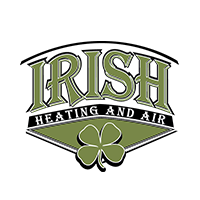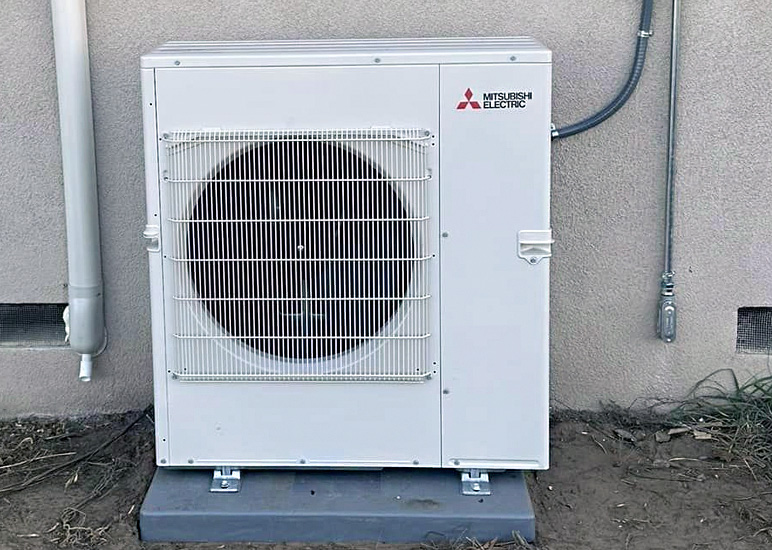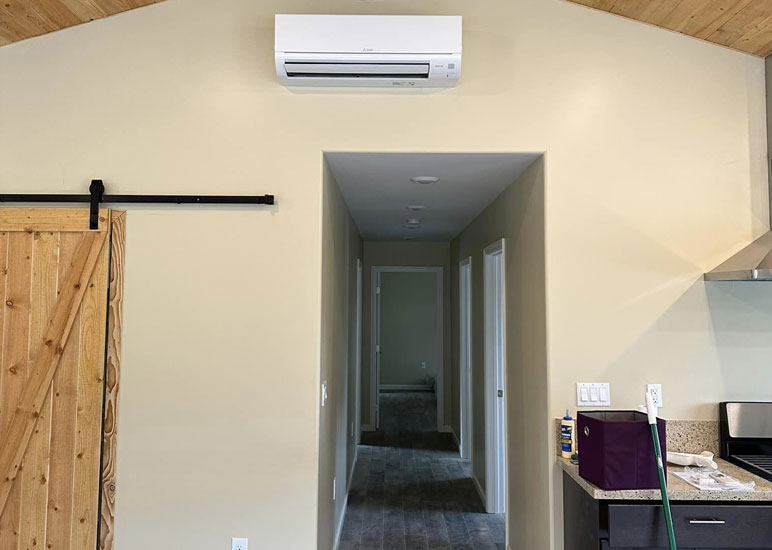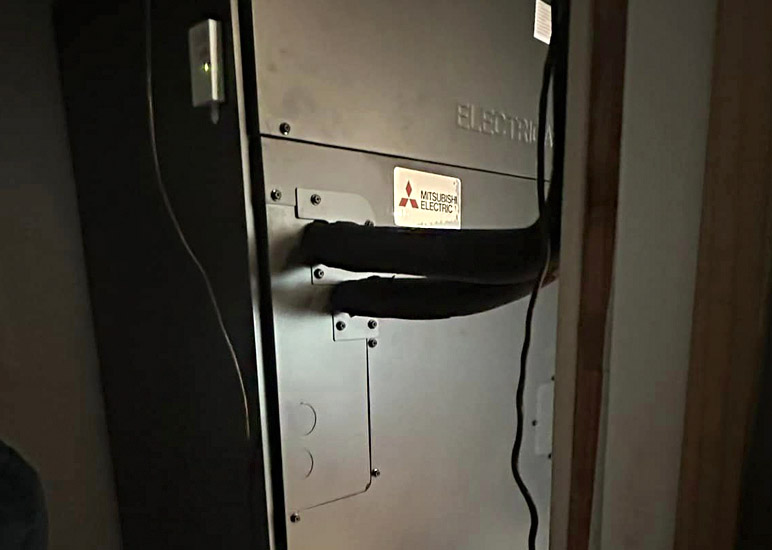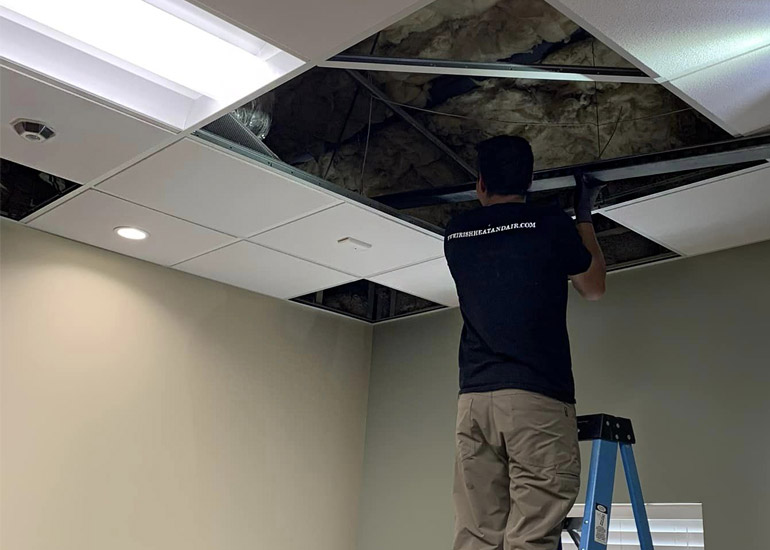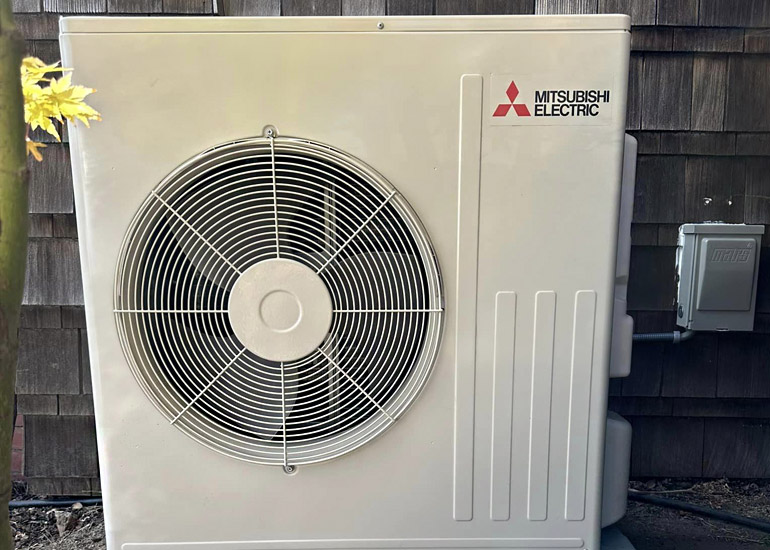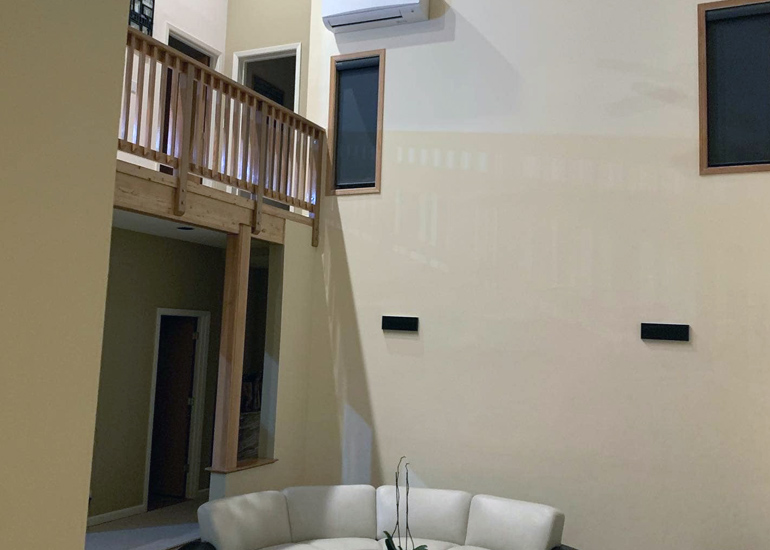 Is your house warmer than the set thermostat temperature settings? This is one of the main problems that many house owners face. If you notice that your house is not cooling down to what you have set your thermostat to. Then your thermostat could be having some problems. Here are 5 reasons your home is warmer than your thermostat setting.
Is your house warmer than the set thermostat temperature settings? This is one of the main problems that many house owners face. If you notice that your house is not cooling down to what you have set your thermostat to. Then your thermostat could be having some problems. Here are 5 reasons your home is warmer than your thermostat setting.
Damaged Sensors
Thermostat sensors are responsible for determining your house’s temperature and then turning on the heating system. If the thermostat’s sensor is damaged or not working well, that could be the reason why your room temperature could be either lower or higher than the thermostat setting.
Dirty Equipment
A buildup of dust and dirt on your thermostat and mechanical contacts can affect how it will read your settings. Those dirt can blocks the sensors so that the thermostat setting and the room temperature are not the same. A vacuum cleaner is not a perfect choice to clean the thermostat; instead, use a soft cloth and gently clean away any dirt or dust residue that you see. In case you notice some corrosion, it is important to use an electrical contact cleaner which is available in hardware stores or contact an electrician to come and clean the thermostat for you.
Improperly Sized HVAC System
Another problem that could cause your home to be warmer than what you have set the thermostat may be because your HVAC system is not sized properly. For instance, if your HVAC system is too large, then it heats your home unevenly and may shut off before heating the entire home. On the other hand, if you have a small HVAC system, then it will have to work above its capacity for it to heat your house. Your system must move the right amount of air with the right amount of force for it to run efficiently.
Thermostat Location
Do you know that the thermostat placement can make a very huge difference in how well it functions? For instance, a thermostat located on an exterior wall, a drafty hallway, or an exterior door will continue to warm your room as it will think that the house is colder than how it is. Similarly, a thermostat that is located in the colder area of your house will not be accurate either. Your thermostat must be exposed to extreme cold or heat by not running any appliances around the thermostat or closing curtains. However, if these steps do not help, then contact a professional to move the thermostat to another location in your house.
Check power sources
If your thermostat is not powered correctly, then it will not be able to warm your home. Therefore, check out other power sources in your home and ensure that your thermostat’s batteries are working, too. Look for things like tripped breakers and blown fuses. If you think it might be a fuse or breaker issue, then you need to hire an electrician to fix the problem.
If you’ve been dealing with a house that is warmer than what you set your thermostat to, we hope that this article has helped you with some possible solutions to this problem. If the problem persists, call an AC expert who is always ready to help you.
